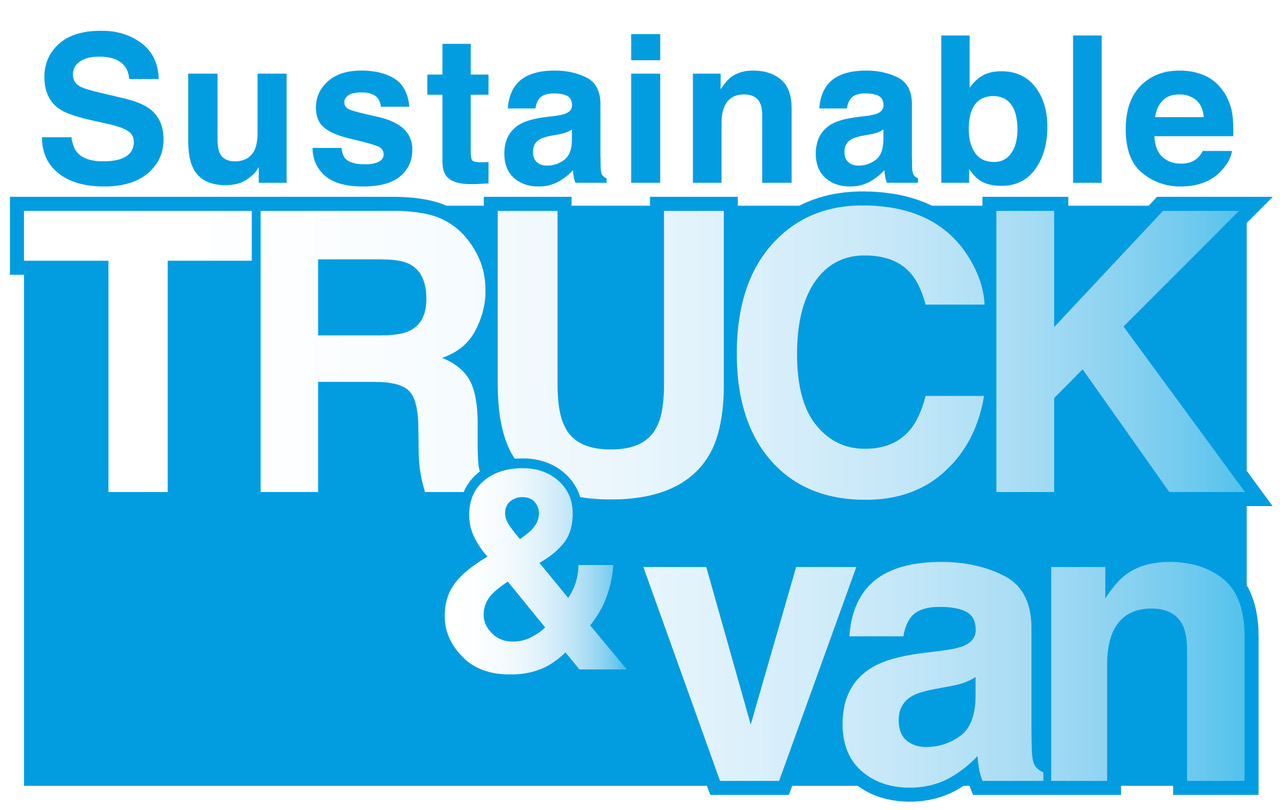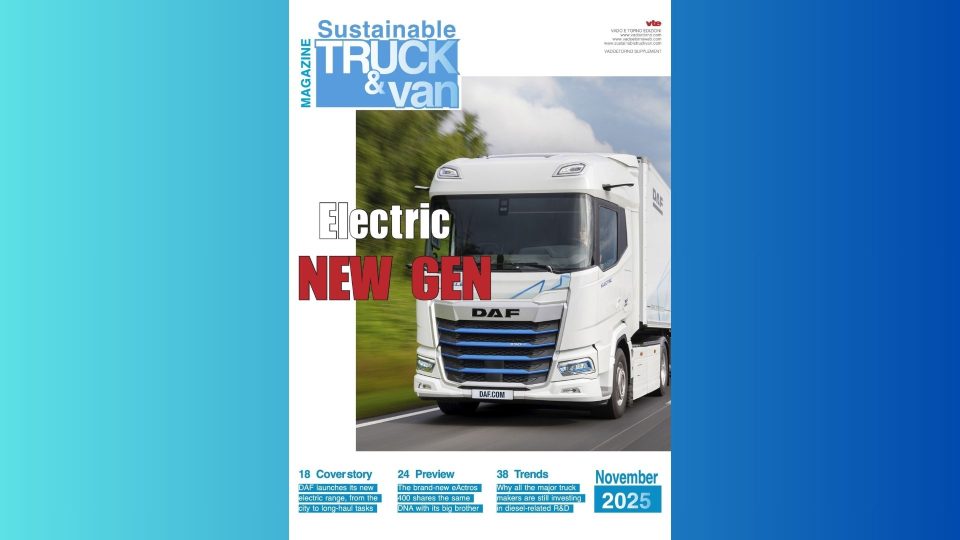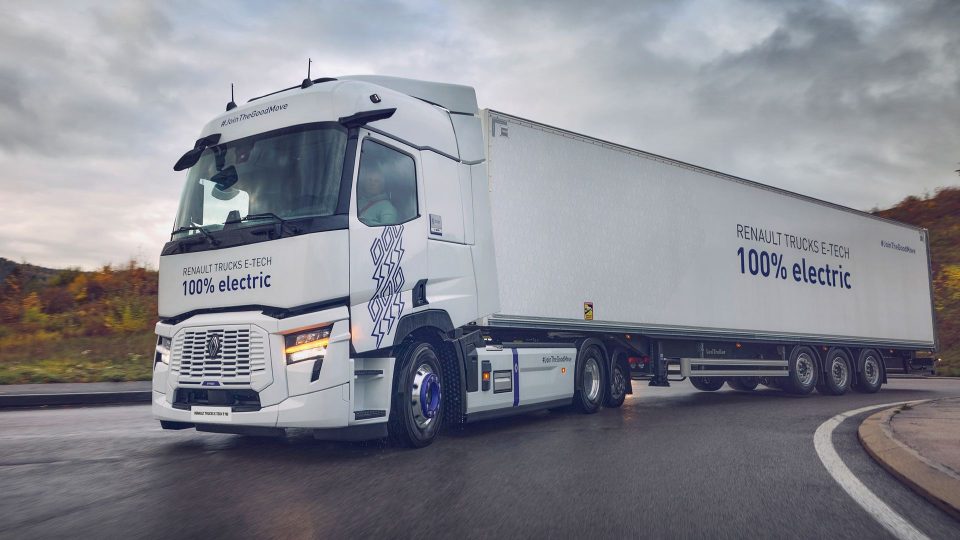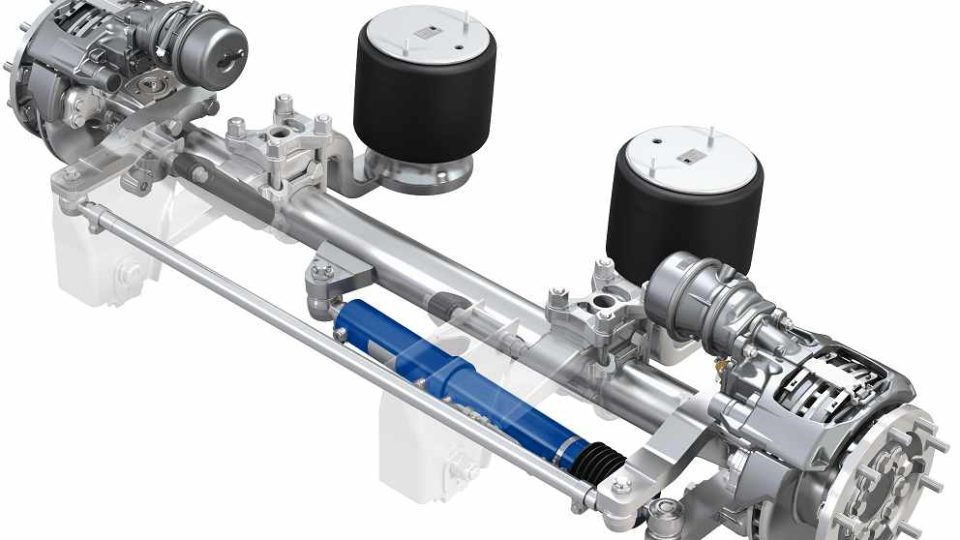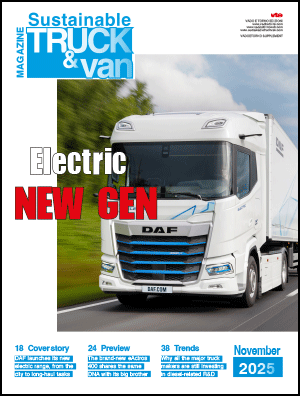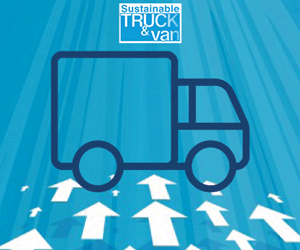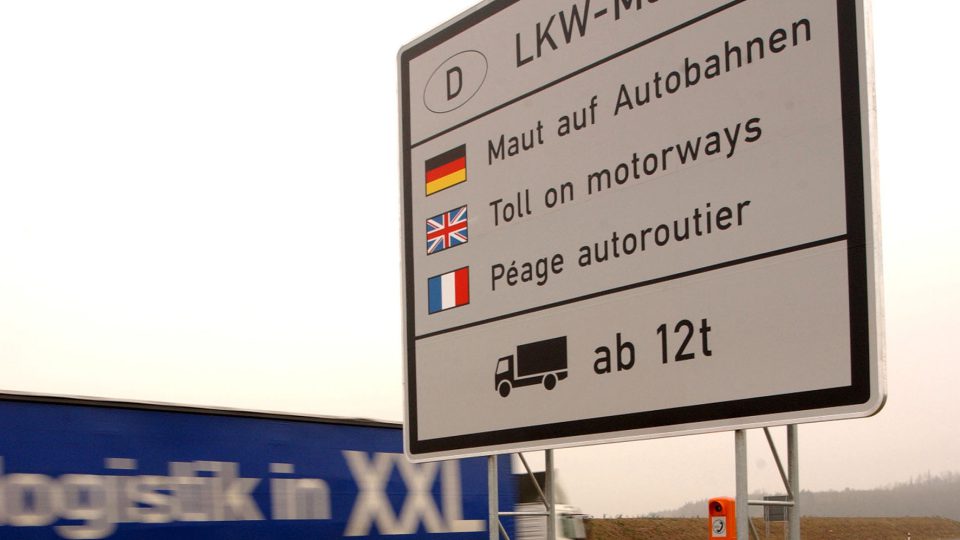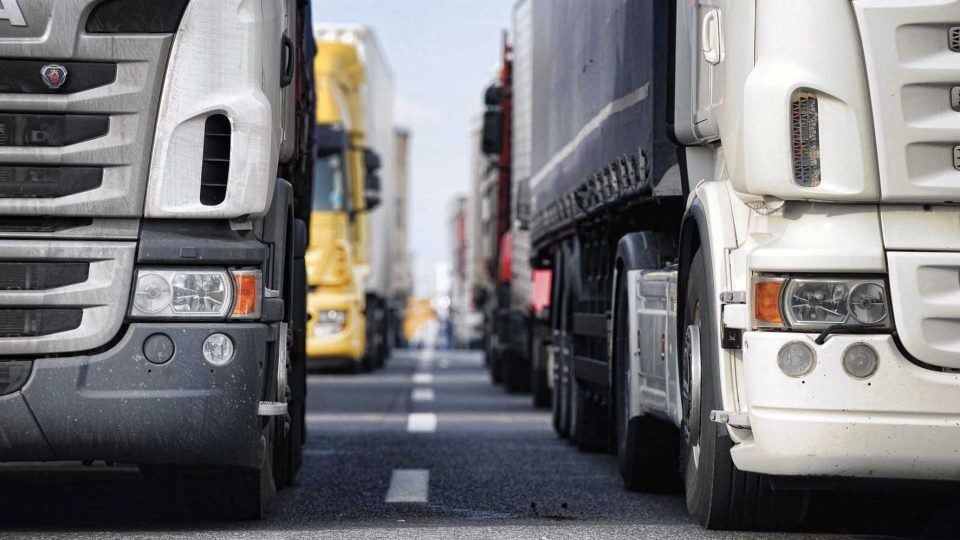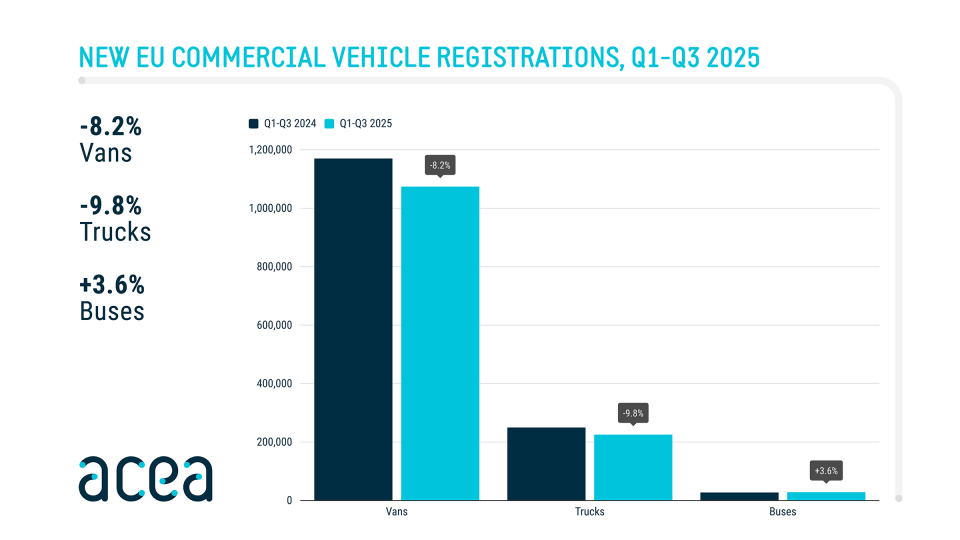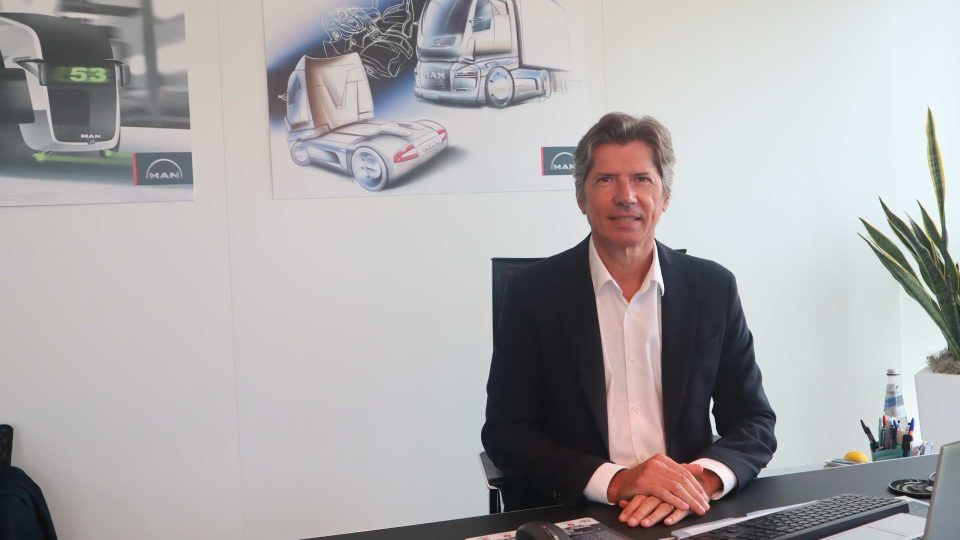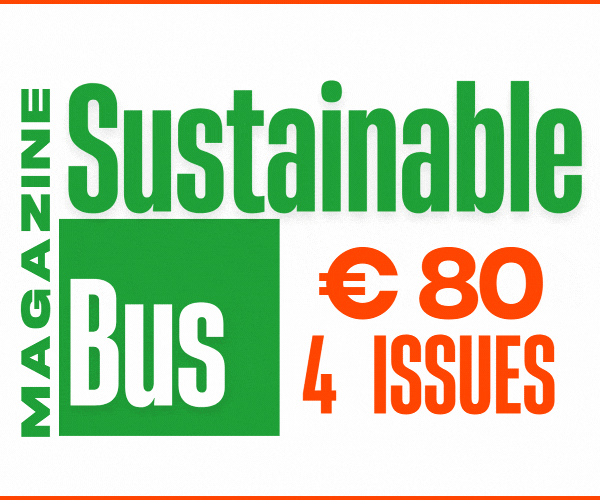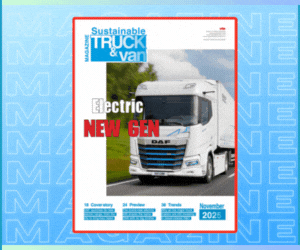Why the State of Sustainable Fleets is a key tool to catch the trends of clean transportation in the U.S.
At ACT Expo 2025, TRC issued the State of Sustainable Fleets 2025, a true landmark to underastand how heavy transport is changing in the United States. We had a great chat with Nate Springer, Vice President of Market Development for TRC, about the philosophy behind the annual report, as well as some of the latest trends highlighted by this year's issue.
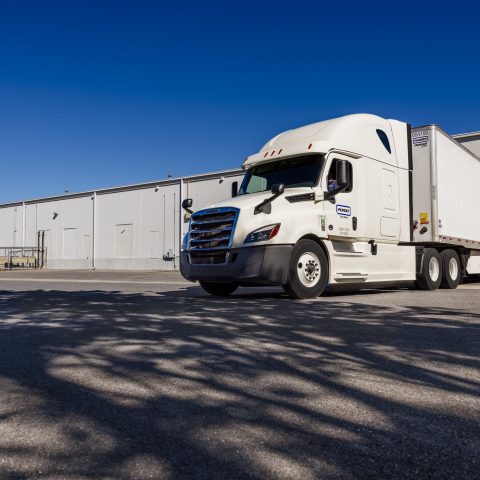
Issued every year by TRC, and supported by some key transport and logistics companies in North America, the State of Sustainable Fleets is a fundamental report to understand how road transport is matching with sustainability in the United States. This year, the report was officially presented at ACT Expo in Anaheim, at the end of April. Here’s the official website of the State of Sustainable Fleets, with some highlights and key findings of this year’s issue. The report itself is also available for download at this link.
Basically, the State of Sustainable Fleets is an accurate survey among the major logistics companies in the U.S., with the aim of understanding and foreseeing the trends in view of cleaner transportation. It has a multi-technology approach, with focus on electrification, hydrogen-based transportation, but also on the use of renewable fuels or renewable natural gas sources. We had the opportunity to get a valuable insight into the 2025 State of Sustainable Fleets report with Nate Springer, Vice President of Market Development for TRC.

The State of Sustainable Fleets 2025
Mr Springer, could you please tell us how the State of Sustainable Fleets is conducted and managed?
“We started the State of Sustainable Fleets six years ago. At that time, we needed to create a methodology that was technology neutral and seen as credible. That drew on multiple, credible sources. We conduct a comprehensive survey of around 200 fleet operators who are using each of the technologies that we highlight and focus on in the State of Sustainable Fleets. In essence, the survey is designed to track the developments in the markets for multiple technologies. So, renewable fuels and efficiency that are used in diesel technologies, the battery electric vehicles, both medium- and heavy-duty.
Also, natural gas vehicles and renewable fuels, as well as hydrogen vehicles and what was necessary at that time. The methodology that we continue to use today wants to be able to track market development in a standardized way. Across all of those, the development and deployment of infrastructure, as well as their costs compared to what fleets use today, which are gasoline, diesel vehicles and fueling infrastructure. In terms of how each technology has its own unique solutions, one of the developments we’re seeing this year is the new charging hubs that are fit for purposes for medium- and heavy-duty fleets”.
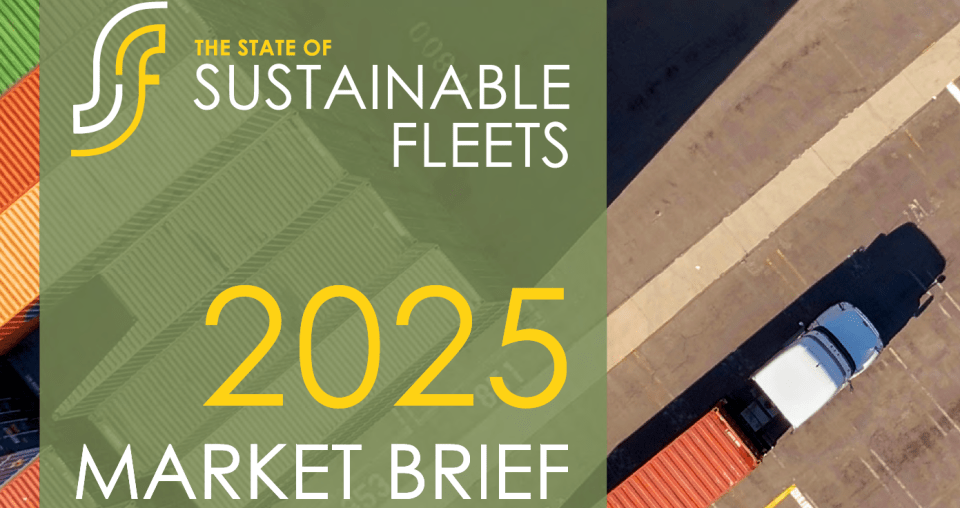
So, what’s the philosophy behind the State of Sustainable Fleets?
“I have worked in developing new markets for new cleaner technology for almost two decades, and one of the biggest challenges, as markets develop is that there it is accompanied by a lot of noise, a lot of speculation. What is essential for us is to be able to create something that fleet owners can trust and rely on as a source of information for how these markets are developing. In short, we’re trying to dispel some of the rumors, some of the headlines, some of the stories that circulate that are not grounded in fact in data and analysis and set that.
We started asking fleet owners which of these technologies, these vehicle types they used, among natural gas vehicles, battery electric vehicles and hydrogen vehicles, and then which fuels and sources of energy they used. We then asked them about their experience with those technologies. We ask them how many vehicles or what quantity of fueling they are doing with, for example, renewable electricity for their battery-electric vehicles or renewable hydrogen for their hydrogen vehicles. And then we ask them a series of questions about whether they intend to expand their use of this drivetrain and those technologies. We’re interested in getting to know the challenges they need to address and overcome in order to be successful with each of these technologies”.
Europe vs. the USA
Making a quick comparison with Europe, here the EU Commission is going to accept nearly only zero-emission vehicles as ‘clean’ in the future of commercial transport. What’s supposed to be the role of renewable diesel, as well as RNG, in the future of commercial transport in the U.S.?
“We do have the same debates. I’m personally trained in climate science and climate emissions modeling, both on a lifecycle basis and on a greenhouse gas emissions basis. We rely on the science and the data and modeling, especially by those agencies within the United States and organizations that that are seen as credible.
The best and most credible climate research shows that many renewable fuels like RNG and renewable diesel do offer lower greenhouse gas emissions on a lifecycle basis. My understanding is that Europe has taken a more regulated approach to determine those carbon intensities and carbon emissions reductions for different value chains and renewable fuel sources. On the other hand, we have taken a much more market-based approach and especially with the very large high-volume market of California”.
How’s the situation of RNG in the U.S., in terms of production and distribution? Can you tell us about a possible percentage on the overall natural gas for freight transportation?
“In California, already some years ago, renewable natural gas replaced 95% of conventional natural gas. Additionally, it was used to power 95% of transportation in California, and that trend has held steady. Let’s not forget that California is the largest transportation market in North America for natural gas and so that in itself is telling”.
Clean transportation slowly spreading all over the nation
From the outside, we see that California is at the forefront of cleaner transportation in the U.S. What’s happening outside of California? Are fleets becoming more interested in finding more sustainable solutions for their daily activities?
“Over the last couple of years, actually, we have seen an expansion and availability of all of these technologies – renewable, diesel, biodiesel, renewable, natural gas, CNG and battery electric vehicles – outside California. Indeed, California tends to play an incubation and early market development role to help get these technologies. And that has been happening over the last 4-5 years for pretty much all these technologies.
However, there are states like Colorado, Oregon, Vermont, New York, I believe Illinois is in there, which have also adopted the Advanced Clean Trucks rule. A vast majority or a large percentage of that funding comes from those states. At the same time, you see states like Texas, or Illinois, very much building the market for these clean technologies and allowing the market to build itself. Last year, Texas had perhaps more new battery electric vehicle registrations than California”.

You mentioned the recent issues with some of the major hydrogen truck retrofitters or manufacturers in the U.S. (Hyzon, Nikola). Could this be the end of hydrogen in transportation, or we’ll have to wait for possible advancements in hydrogen-powered ICEs?
“Hydrogen is at an earlier stage of development in the market. More R&D is required, as well as more funding from public entities like our U.S. Federal government. And because of the complexity of the challenge of bringing down the cost of heart of hydrogen as a fuel for trucking it is very likely to require a significant future investment in R&D at a national level.
As for Nikola, for instance, it’s a shame, as they had finally figured out innovation in terms of mobile fueling, which allowed much more comprehensive regional fueling infrastructure and a much more seamless fueling experience for the early adopters of fuel cell electric vehicles. As far as we know, operators were quite happy with these trucks”.
What’s the current trend of BEV registrations you see in the truck segment?
“We’re seeing what many have predicted for many years, which is that a lot of the last mile delivery vehicles such as vans and trucks, with less than 200 miles per day are starting to think of going electric. These kinds of vehicles are proving their capabilities in the duty cycles that fleet owners need them in.
They’re starting to get very close to cost parity. That’s why that segment is experiencing such dramatic sales figures that year over year is growing by double digits. On the other hand, we see a lot more variability in the other segments, which you would expect to see at an early market development stage, especially when the vehicle products are as expensive as they are. Class 8 tractors experienced a high, so I would expect to have a little low this year, as those products are still three to five times more expensive than their diesel counterparts”.
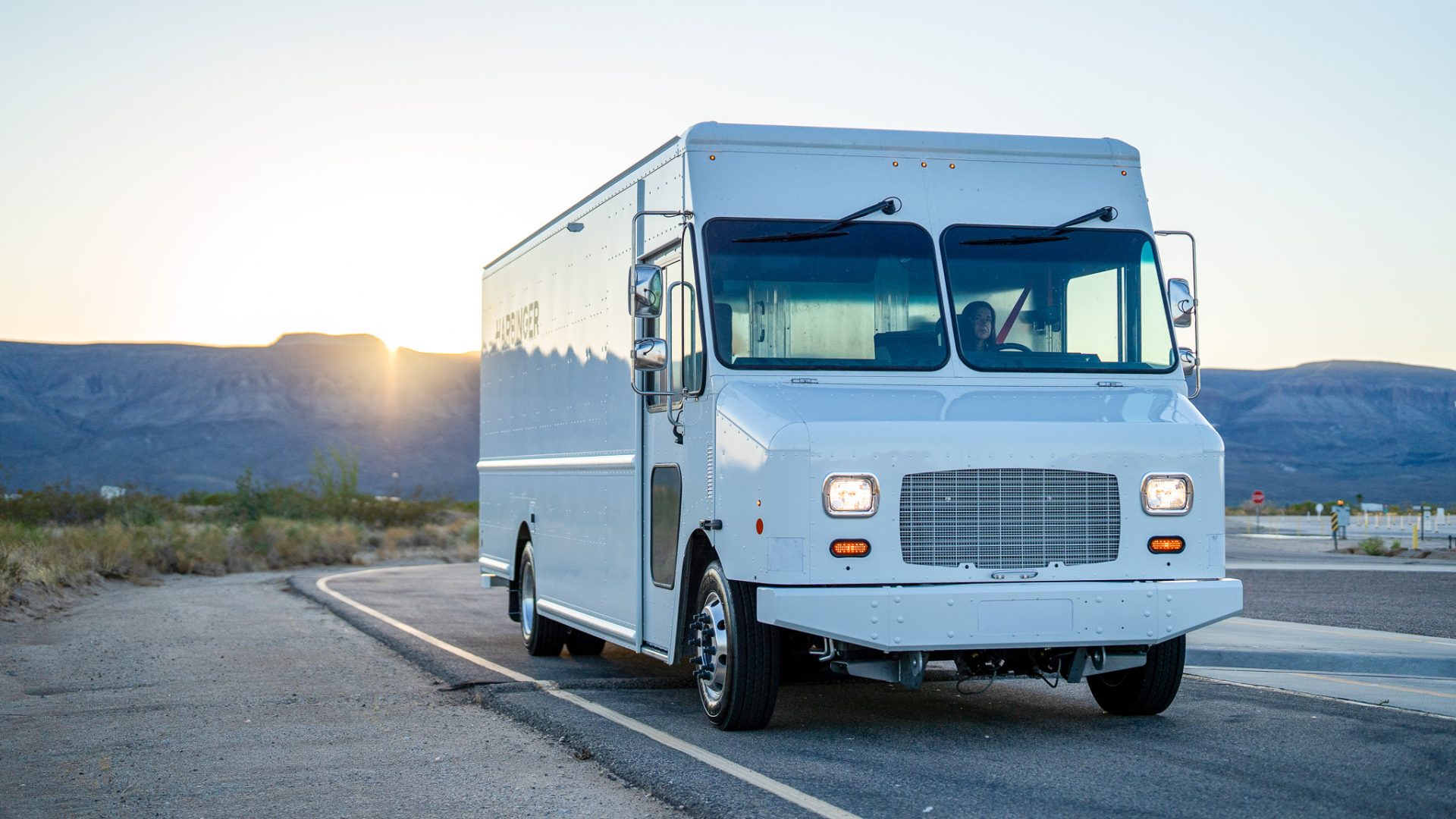
In terms of confidence in more sustainable commercial transportation, do you see and report significant changes with the advent of the new presidency? What does it mean the new administration is more focused on conventional energy sources?
“Honestly, it’s too early to tell. We’re really just in the first months of the new administration. What I can say is that the industry is very optimistic, that fleet owners continue to be very optimistic and the earliest adopters of battery electric vehicles want to expand as we’ve reported. They want to grow their use of these technologies.
They very much are hoping that that costs will come down for the vehicle, for the heavier duty vehicles especially. And the infrastructure problems are we’re seeing very good early signs investment that suggests those infrastructure problems are becoming less insurmountable, less of a challenge or an obstacle to fleet electrification”.
